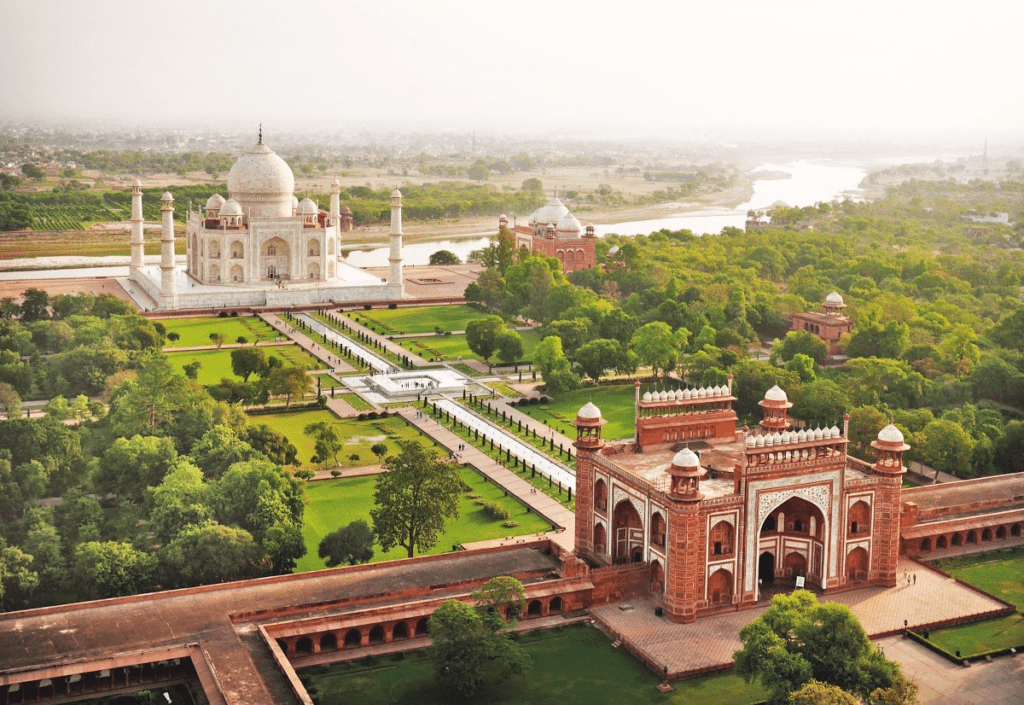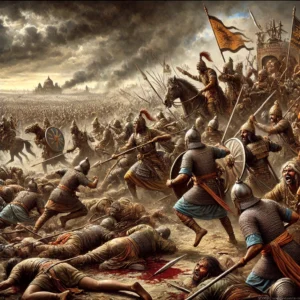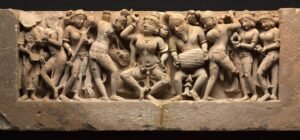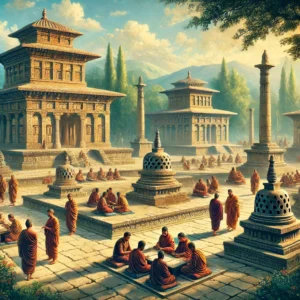Uncovering Controversies Around The Construction of the Taj Mahal
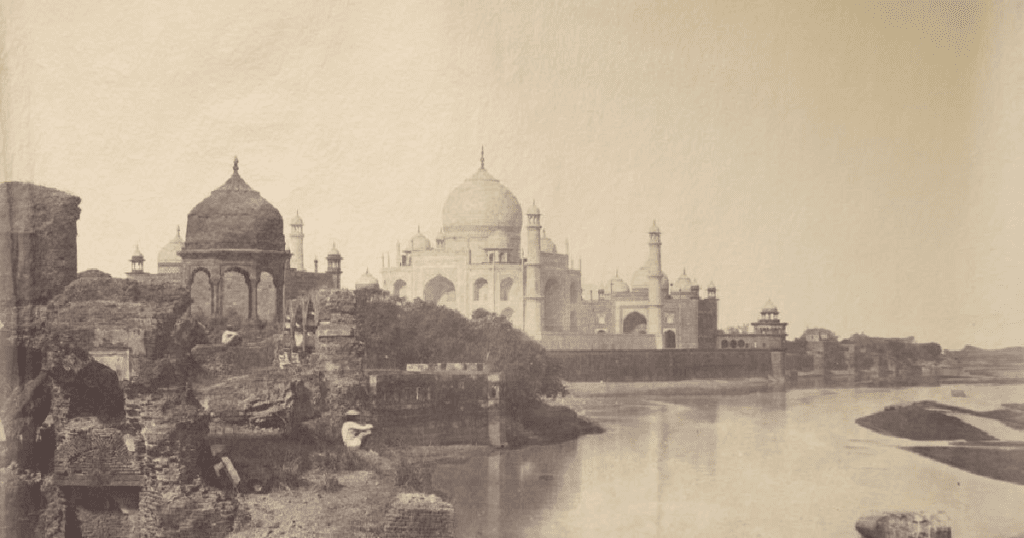
The Taj Mahal: A Masterpiece Shrouded in Controversy and Tragedy
The Taj Mahal, often hailed as the most beautiful building in the world, represents a delicate interplay between love, art, and power. Constructed as a mausoleum for Mumtaz Mahal, the beloved wife of Mughal Emperor Shah Jahan, it has, over centuries, become a symbol of both India’s cultural heritage and the universal concept of eternal love. However, beneath its gleaming marble façade lies a complex and often painful history marked by the imperial brutality of the Mughal Empire, the anonymity of its architects, immense human suffering during its construction, and a tragic family feud that led to Shah Jahan’s eventual downfall.
In this article, we delve into the controversies surrounding the Taj Mahal and explore how this architectural wonder, while celebrated as a symbol of love, is also a testament to ambition, power, and human cost.
1. An Emperor’s Love and Sorrow: The Story Behind the Taj Mahal
The Taj Mahal was born from a personal tragedy of immense scale. In 1631, Mumtaz Mahal, the adored wife of Shah Jahan, died while giving birth to their 14th child. Shah Jahan, devastated by her loss, mourned deeply and retreated from the public eye, emerging with grey hair and a broken spirit. Out of this sorrow came a monumental idea—he would build a tomb for Mumtaz Mahal that was as perfect and eternal as his love for her.
The Taj Mahal was envisioned as a metaphor for Jannat, the Islamic concept of paradise. Every element, from its towering minarets to its lush Charbagh gardens, symbolized eternal peace and the afterlife—a space where Shah Jahan believed Mumtaz Mahal would reside for eternity. This obsession with creating a perfect tribute to his wife came at a great cost, both human and financial, but it resulted in one of the most iconic and celebrated structures in history.
2. Construction: A Monument Raised by 20,000 Hands
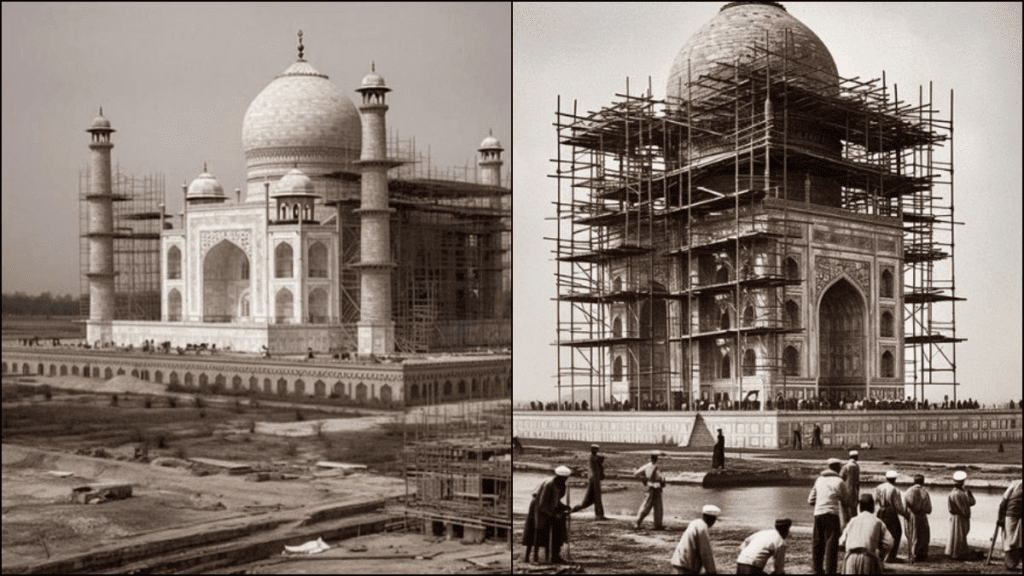
2.1 The Architect Behind the Dream
While Shah Jahan’s vision was clear, the actual work of turning his dream into reality required the skill of thousands of artisans and architects. Historical sources credit Ustad Ahmad Lahauri as the chief architect, though the construction of the Taj Mahal was a collaborative effort, involving master craftsmen and laborers from across the empire and beyond. These included masons from India, stonecutters from Baluchistan, inlay artisans from Persia, calligraphers from Syria and Iran, and Pietra Dura (stone inlay) specialists from Italy.
2.2 The Scale of Human Effort
The construction of the Taj Mahal took over 22 years, beginning in 1632 and concluding in 1653. More than 20,000 workers were employed for this project, laboring under intense conditions. Many of them worked long hours in the scorching heat, with little concern for their well-being. The project demanded intricate and labor-intensive work, from the precise inlay of precious stones to the massive structural engineering required to erect the marble dome.

Though the romanticism of the Taj Mahal often overshadows this fact, the construction exacted a significant human toll. Numerous laborers are believed to have died during the building process due to the harsh conditions, dangerous materials, and physical strain. Legends, although likely exaggerated, suggest that Shah Jahan ordered the amputation of the chief artisans’ hands to ensure that no other monument could ever rival the Taj Mahal’s beauty. While this story may be mythological, it symbolizes the brutal atmosphere and intensity of imperial ambition that surrounded the Taj Mahal’s construction.
3. The Enigmatic Origins of the Taj Mahal’s Design
The Taj Mahal’s architectural grandeur is undisputed, but its true origins and the identities of its designers are shrouded in mystery. In many great architectural achievements, the architect’s name becomes inseparable from the monument. However, the Taj Mahal defies this narrative, as its actual architects remain largely anonymous.
3.1 Shah Jahan’s Direct Involvement
Historical sources indicate that Shah Jahan took an unusually active role in overseeing the construction of the Taj Mahal. His court historian, Lahouri, describes how the emperor held daily meetings with architects, masons, and supervisors to ensure that every detail matched his grand vision. He frequently suggested “appropriate alterations” and engaged deeply in the creative process. Shah Jahan’s passion for architecture was unmatched by previous Mughal rulers, and his influence can be seen in every inch of the Taj Mahal.
3.2 The Anonymous Architects
Despite Shah Jahan’s direct involvement, the actual architects and designers of the Taj Mahal remain largely unnamed. Two individuals, however, are often mentioned in historical records: Ustad Ahmad Lahauri and Mir Abd-ul Karim.
- Ustad Ahmad Lahauri is believed to have been the chief architect and was previously involved in the construction of the Red Fort in Delhi. Some believe he played a key role in designing the Taj Mahal, but the extent of his contribution remains debated.
- Mir Abd-ul Karim, who served as an architect under Shah Jahan’s father, Emperor Jahangir, is also recorded as having supervised the Taj Mahal’s construction alongside Makramat Khan, the chief supervisor. His role likely included the logistical aspects of construction, ensuring that Shah Jahan’s vision was executed precisely.
While these two names are often credited, the vast number of artisans, craftsmen, and laborers who worked tirelessly on the monument remain anonymous, their individual contributions lost to history. This reflects the broader practice in the Mughal Empire, where architectural achievements were attributed to the emperor rather than those who built them.
4. The Brutality Behind the Beauty: The Human Cost of the Taj Mahal
Although the Taj Mahal is a breathtaking symbol of love, its creation came at an immense human cost. The project relied heavily on forced labor and exploitation, hallmarks of Mughal imperialism.
4.1 A Workforce of 20,000 Laborers
The construction of the Taj Mahal demanded a massive labor force, with over 20,000 workers recruited from across the empire and beyond. These laborers came from a variety of regions and specialized in different crafts, including:
- Masons from India
- Stonecutters from Baluchistan
- Inlay artisans from Persia
- Calligraphers from Syria and Iran
- Pietra Dura specialists from Italy
Many of these workers were subjected to grueling conditions, often working long hours in extreme heat, handling dangerous materials, and engaging in backbreaking physical labor.
4.2 The High Human Cost
While precise documentation is scarce, historical accounts suggest that many laborers died during the construction of the Taj Mahal. The mortality rate among workers was likely high due to the primitive construction methods, exposure to hazardous materials like marble dust, and the intense physical strain of working with heavy stones.
The fabled story that Shah Jahan ordered the amputation of artisans’ hands to prevent them from ever replicating the Taj Mahal’s beauty, though likely apocryphal, underscores the brutal and exploitative atmosphere surrounding the monument’s creation. While this particular legend may not hold, there is no doubt that the human cost of constructing such a grand structure was significant.
5. Financial Burden: The Taj Mahal’s Role in the Decline of the Mughal Empire
The financial cost of building the Taj Mahal was staggering, placing a tremendous strain on the Mughal Empire’s resources. The construction is estimated to have cost 32 million rupees, an enormous sum for the 17th century, equivalent to billions of dollars today.
This expenditure, while reflective of the empire’s power and wealth at its height, also contributed to its eventual decline. The Taj Mahal’s construction drained the treasury, diverting funds from other vital areas such as military campaigns and infrastructure projects. By the time Shah Jahan’s reign ended, the empire was on weaker financial footing, which allowed external forces and internal rebellions to challenge Mughal dominance.
6. The Family Feud: Shah Jahan’s Fall from Power
As Shah Jahan focused on his architectural masterpiece and grew older, his health began to deteriorate, which led to a brutal succession battle among his four sons: Dara Shikoh, Shah Shuja, Murad Baksh, and Aurangzeb. The family feud marked a tragic turn in Shah Jahan’s life and the Mughal Empire’s history.
6.1 A Battle for the Throne
Shah Jahan had favored his eldest son, Dara Shikoh, a cultured and intellectual prince, as his successor. However, Dara’s spiritual and philosophical inclinations, particularly his interest in Hinduism and Sufism, made him unpopular among the more conservative factions of the Mughal court. Aurangzeb, his younger brother, was a devoutly orthodox Muslim and an ambitious military leader. He saw his brother’s open-mindedness as a weakness and sought to take the throne for himself.
In 1658, Aurangzeb launched a military coup. He defeated his brothers, imprisoned Dara Shikoh, and executed him for apostasy and heresy. Aurangzeb then declared himself emperor, sidelining his father in the process.
6.2 Shah Jahan’s Imprisonment
After Aurangzeb seized power, he confined Shah Jahan in the Agra Fort, located a mere 2.5 kilometers from the Taj Mahal. From his prison cell, Shah Jahan could only gaze at the monument he had built as a testament to his love for Mumtaz Mahal. He spent the last eight years of his life in captivity, heartbroken and powerless. According to legend, Shah Jahan died with a small mirror in his hand, gazing at the reflection of the Taj Mahal.
In 1666, after his death, Aurangzeb buried his father next to Mumtaz Mahal in the Taj Mahal, thus reuniting them in death.
Conclusion: The Taj Mahal — A Symbol of Love, Power, and Controversy
The Taj Mahal stands as an eternal symbol of love and architectural brilliance, but it is also a reminder of the human suffering, exploitation, and family betrayal that marred its creation. While it has captivated the world for centuries with its beauty and elegance, the darker elements of its history—the anonymity of its architects, the brutality of its construction, and the devastating family feud that followed—remain part of its complex legacy.
As one of the New Seven Wonders of the World and a UNESCO World Heritage Site, the Taj Mahal continues to inspire awe, not only for what it represents in terms of love and artistry but also for the imperial ambition and human cost that brought it into existence.
